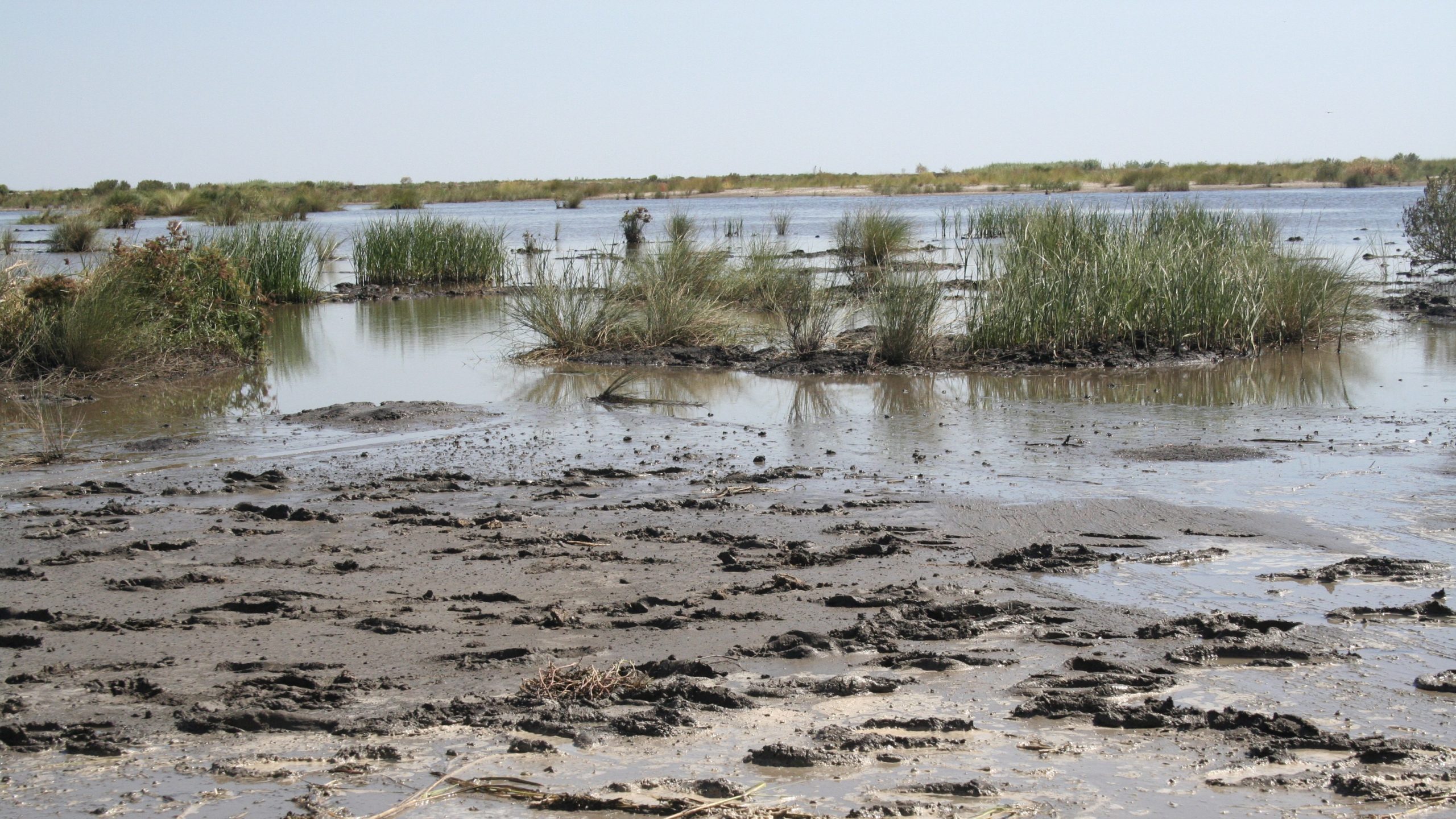Scattered along the Eastern seaboard and Gulf Coast, grassy salt marshes provide habitat for birds and marine life.
They help protect coastal communities from flooding by absorbing wave energy and soaking up water.
And they store a lot of carbon because when marsh grasses die, they fall into waterlogged soils.
It’s a low-oxygen environment where plants break down very slowly, so all that carbon-rich material builds up over time.
“Our wetlands have been here for thousands of years and they’ve just been piling up organic matter,” says John White, a professor of oceanography and coastal sciences at Louisiana State University.
But as seas rise and increasingly intense storm waves batter the coast, many salt marshes are eroding.
As they do, wetlands that have long helped store carbon could become sources of carbon pollution.
“When the marsh begins to erode … the waves basically tear up all that organic matter that’s been sitting there,” White says. “Eight hundred to a 1,000 years worth of organic matter washes out into these shallow bays.”
Much of it then decomposes, releasing carbon dioxide to the atmosphere and making global warming worse.
So protecting salt marshes can also help protect the climate.
Reporting credit: Sarah Kennedy/ChavoBart Digital Media
Source link


